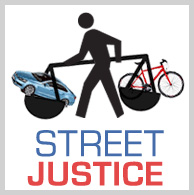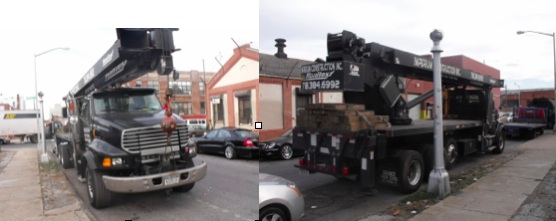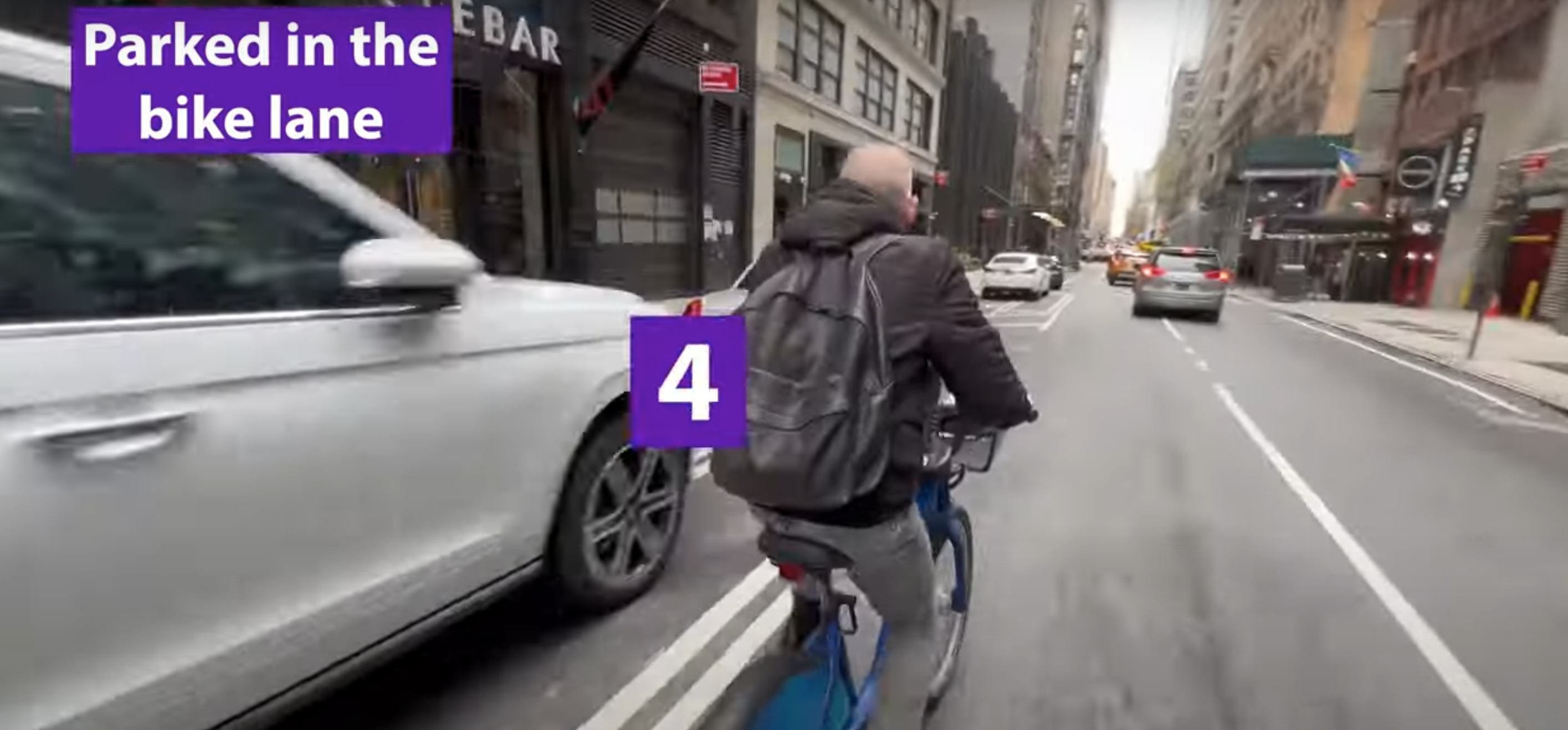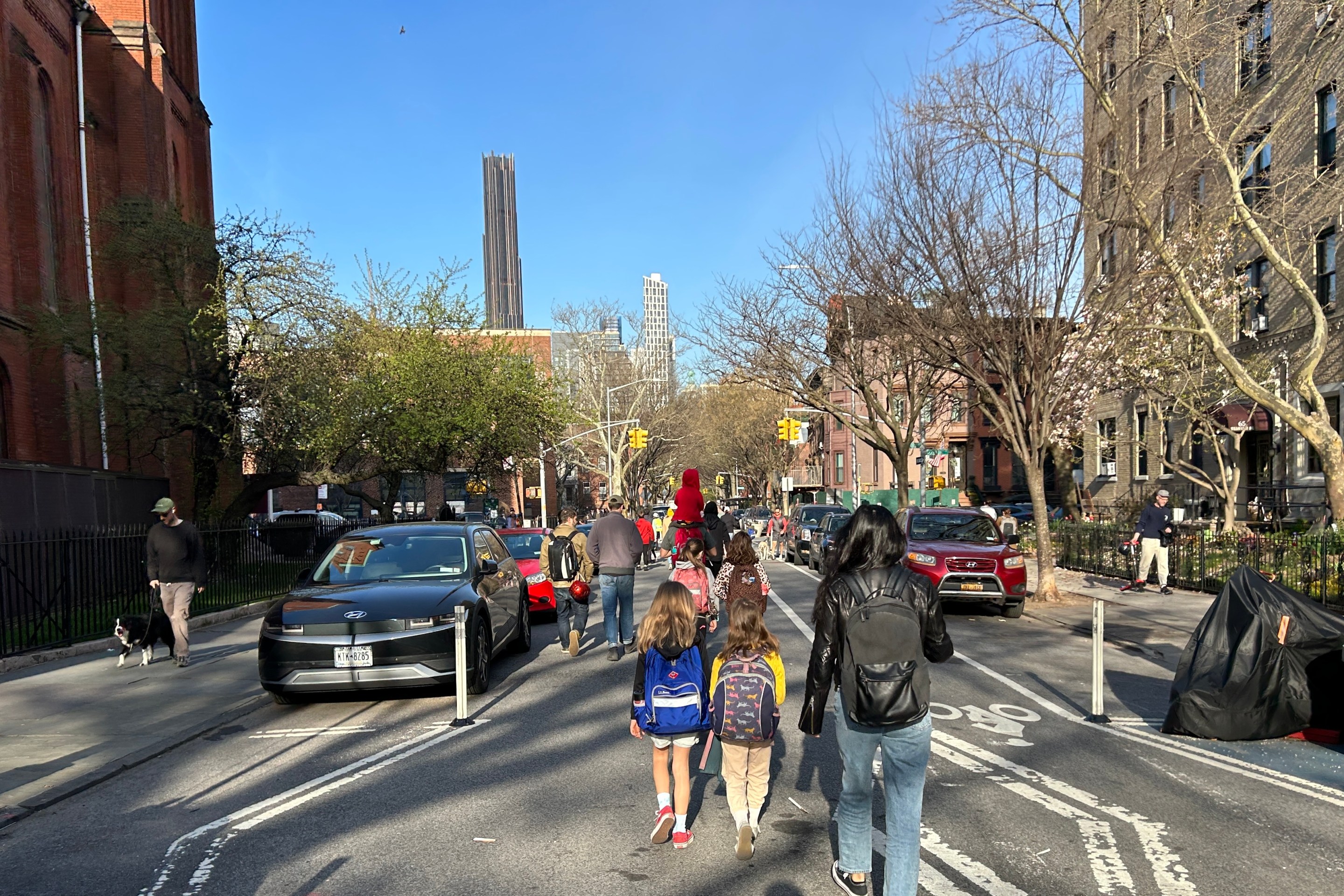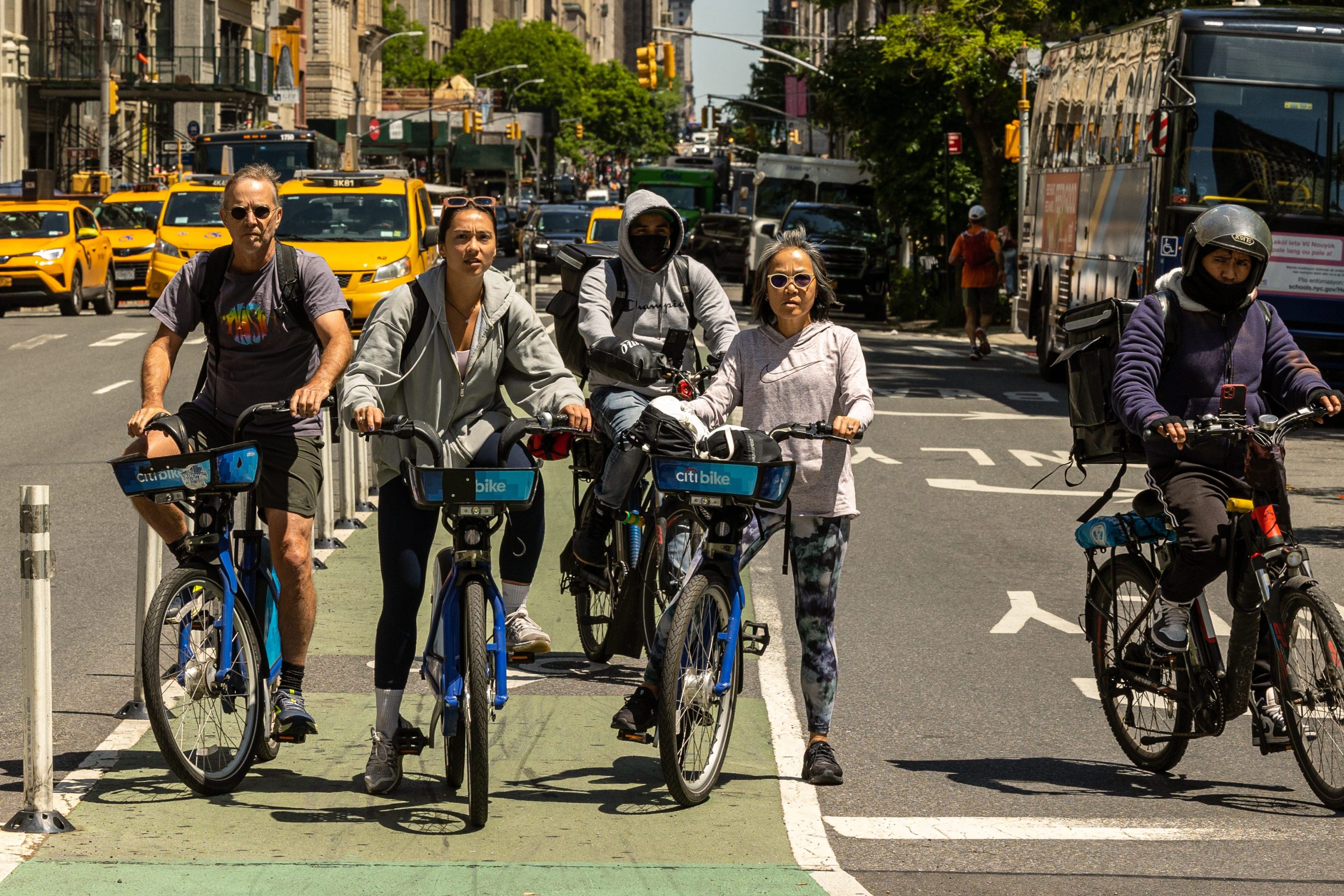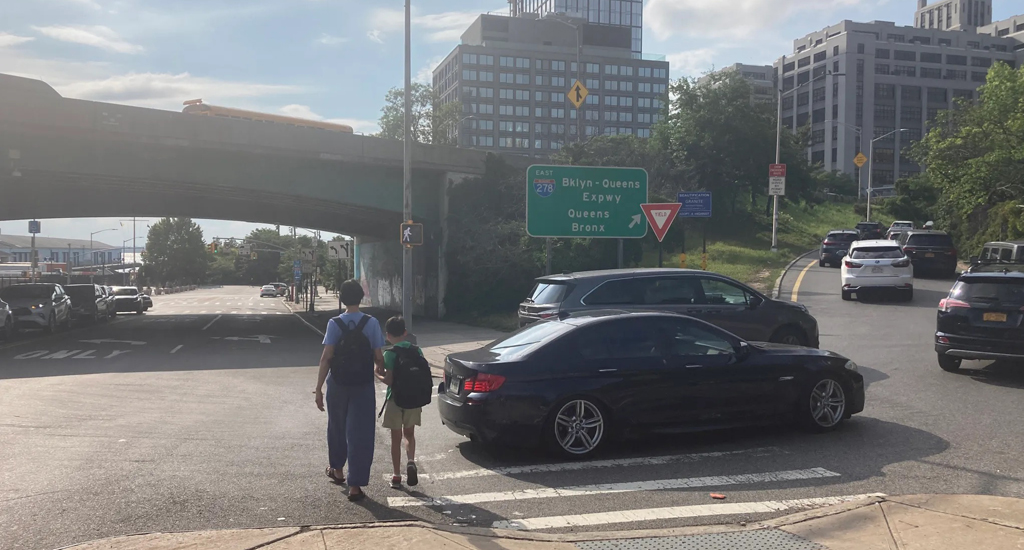Change is afoot at the New York Department of Motor Vehicles. Following a meeting with advocates for crash victims, the DMV scheduled safety hearings to determine whether three drivers who caused fatal crashes would lose their licenses. The first of the three -- concerning the death of three year-old Allison Liao -- saw several welcome improvements in the safety hearing process, including in-person testimony from investigating police officers, presentation of video evidence, and an unusual degree of press access.
A second safety hearing, scheduled for January 27, will address the death of artist Mathieu Lefevre, killed in 2011 while cycling home in East Williamsburg. Lefevre's parents’ demands for transparency and justice from NYPD crash investigators led to increased oversight of NYPD and jump-started the local Vision Zero movement. A DMV order suspending the driver's license was mysteriously reversed, and the tickets issued to the driver were dismissed by a DMV judge -- just as in the Liao case.
Unless NYPD investigators attend the hearing and present the evidence of wrongdoing by the driver, Leonardo Degianni (summarized below), he will receive no penalty or sanction at all -- not even a traffic ticket. The Lefevre hearing presents an important test of whether NYPD and DMV are committed to ensuring meaningful consequences for sober reckless drivers who kill.
Degianni’s Involvement in the Crash
Mathieu Lefevre was struck by the driver of a 28-ton crane truck, who left the scene. Based on surveillance video recovered from a nearby warehouse and blood evidence found on the front bumper of the truck, NYPD investigators identified the truck as one driven by Leonardo Degianni. But Degianni has refused to watch the video, and his statements suggest he plans to escape responsibility for the crash by claiming that police misidentified the truck.
The NYPD detectives who investigated the crash can readily prove that the truck was Degianni’s. Although the video is not of the best quality, the detectives who collected it can establish that it contains date and time metadata consistent with the crash. Moreover, investigators can testify that they found blood on the driver’s side of the front bumper of the truck just hours after the crash. Without this testimony, the judge at the hearing will have to make an identification based on pictures and the video:
Degianni's Failure to Signal
The crash video is of sufficient quality to show flashing lights, such as the pedestrian crossing signals at the intersection of Morgan and Meserole. Testimony by Degianni and the truck's owner establishes that the truck had more than one working directional signal on its right hand side, but none can be seen in the video prior to or during the truck’s right turn (at time stamp 23:56:27). Yet Degianni testified at his deposition that the ticket he was issued for failing to signal a right turn was dismissed by the DMV for lack of evidence -- at a hearing where the Lefevres were not present and of which they had no notice.
The judge at the January 27 safety hearing will be asked to determine whether Degianni made a right turn into Lefevre without signaling. Significantly, the safety hearing judge is required to make that determination if the evidence indicates that a failure to signal was "more likely than not," rather than the "clear and convincing proof" required to sustain a traffic ticket. If the NYPD detectives who investigated the crash appear at the hearing and are permitted to give testimony and present the video, there is ample evidence to conclude that Degianni failed to signal, causing the collision.
Degianni's Failure to Turn Properly
New York Vehicle and Traffic Law states: "Both the approach for a right turn and a right turn shall be made as close as practicable to the right hand curb or edge of the roadway." But as shown in the video, Degianni turned from the center of the roadway; close observation of his right rear tire demonstrates that he could have made the turn significantly closer to the right curb. Combined with his failure to signal, this improper approach created a sudden and unexpected danger which claimed Lefevre's life.
Degianni's Failure to Use Due Care
Degianni was also issued a ticket for failing to use due care to avoid striking a bicyclist under VTL Section 1146. Section 1146 holds that, even when a driver has the right of way, he has a duty to use due care to avoid striking a pedestrian or cyclist if possible. Degianni testified that this ticket also was dismissed.
There is substantial evidence which, if presented to the judge, would demonstrate that Degianni failed to use due care -- or much care at all -- to avoid striking Lefevre. It can be inferred from the video that Degianni passed Lefevre while traveling south on Morgan before stopping at the intersection where the crash occurred. Degianni should have been aware of Lefevre's presence on the road. As shown in the diagram below and in the video, the 19-foot wide north- and south-bound roadways of Morgan Avenue are each wide enough to accommodate two lines of traffic, and so Lefevre’s approach to the right of Degianni’s truck was lawful -- another reason Degianni should have anticipated Lefevre's presence. Degianni’s truck was equipped with convex side mirrors that would have shown Lefevre as he approached from the rear. Yet Degianni testified that he never saw Lefevre. Due care required that Degianni keep a lookout for other traffic and see what was there to be seen, but he did not.

Degianni's Leaving the Crash Scene
The judge at the safety hearing should consider evidence that Degianni, who left the scene of the crash, knew or should have known that he had struck Lefevre. That evidence includes the facts that Lefevre was crushed by the front driver's side wheel of the truck, leaving blood on the front bumper; that Degianni dragged Lefevre more than thirty feet, and his bicycle more than 170 feet, following the initial impact; and that Degianni is shown on yet another video closely studying the front bumper of his truck just minutes after the crash.
If police investigators present this evidence at the hearing, it should be sufficient to sustain a finding that Degianni more likely than not had "reason to know" that he had struck Lefevre.
DMV safety hearings are open to the press and the public. The January 27 DMV safety hearing concerning Mathieu Lefevre’s death will be held in downtown Manhattan at 2 Washington Street, near Battery Place. Safe streets advocates are invited to attend to demonstrate their concern that NYPD present the necessary evidence, DMV review the evidence carefully, and that appropriate action be taken regarding Degianni's driving privileges. If these things occur, there is reason to believe that DMV is stepping up to fulfill its critical mandate to review the driving privileges of reckless drivers in non-criminal cases.
Steve Vaccaro is an attorney with the Law Office of Vaccaro & White.
Stay in touch
Sign up for our free newsletter
More from Streetsblog New York City
Tuesday’s Headlines: Biking with a Dutchman Edition
You really get a fresh perspective on city cycling when you do it with someone from Holland. Plus other news.
City Urges Judge to Toss Anti-Open Streets Lawsuit
The city's not responsible for 24-7 car access to every street, officials argued.
Opinion: Connect the Dots of Manhattan’s Missing Bike Lanes
Only a few miles of missing protected lanes stand in the way of a robust bike network.
Monday’s Headlines: Thanking the Academy Edition
We would be remiss if we didn't offer some photos and copy about Friday's George Polk Awards ceremony, plus other news.
Civic Panel Pushes For (Some) Atlantic Ave. Safety Upgrades
Brooklyn Community Board 2 stopped short of calling for a more aggressive redesign of a street where drivers have killed six pedestrians in the last decade.
